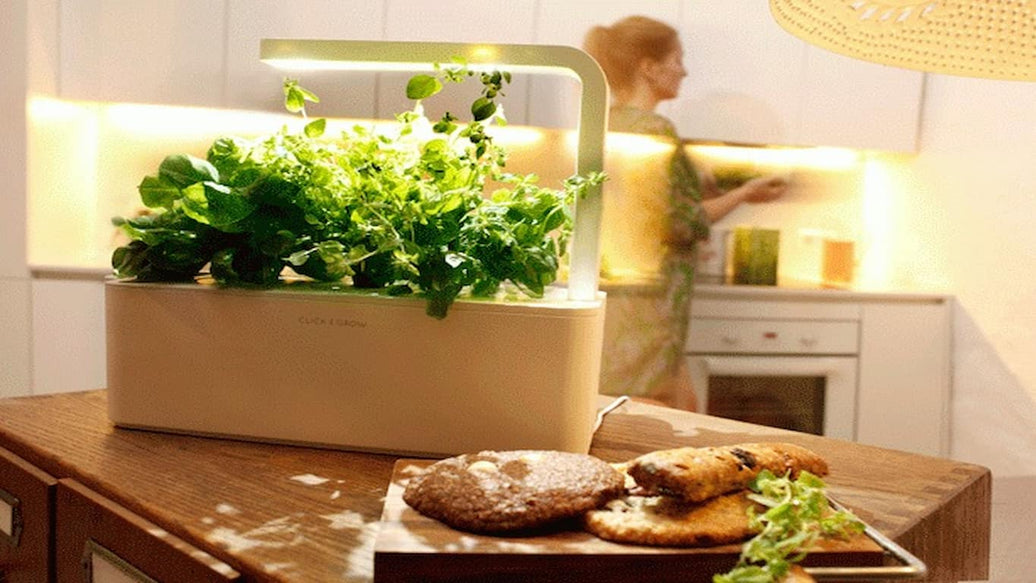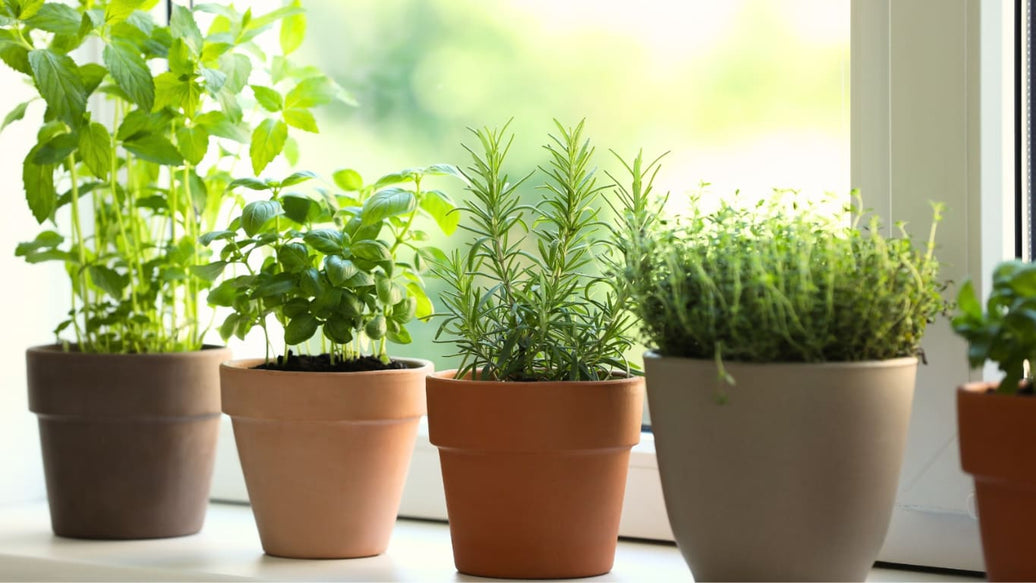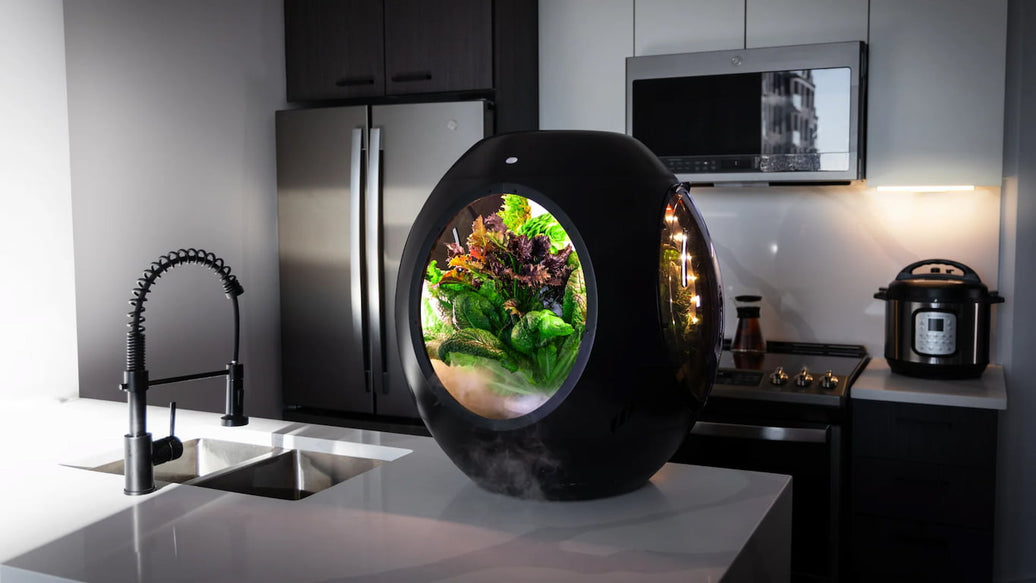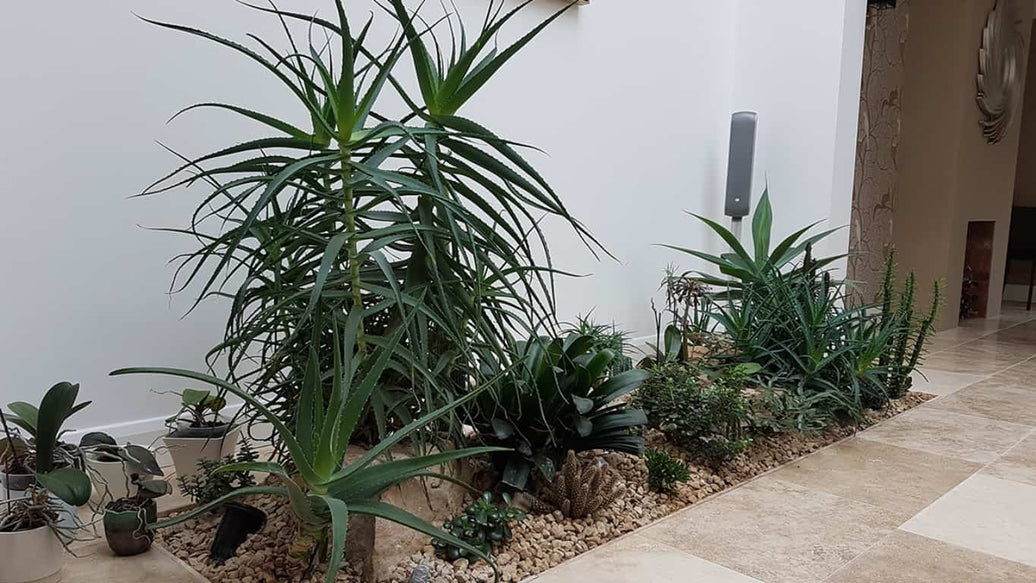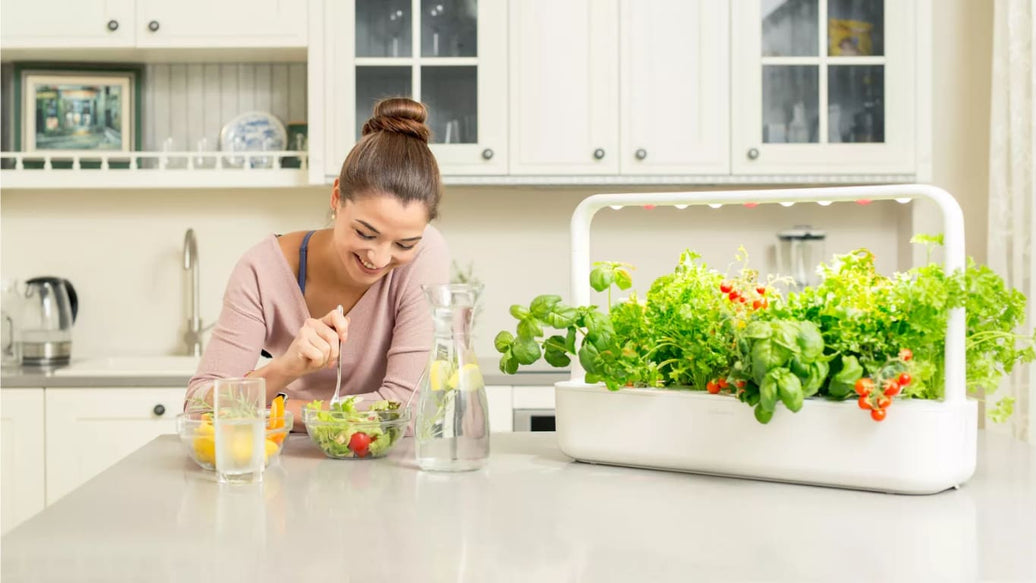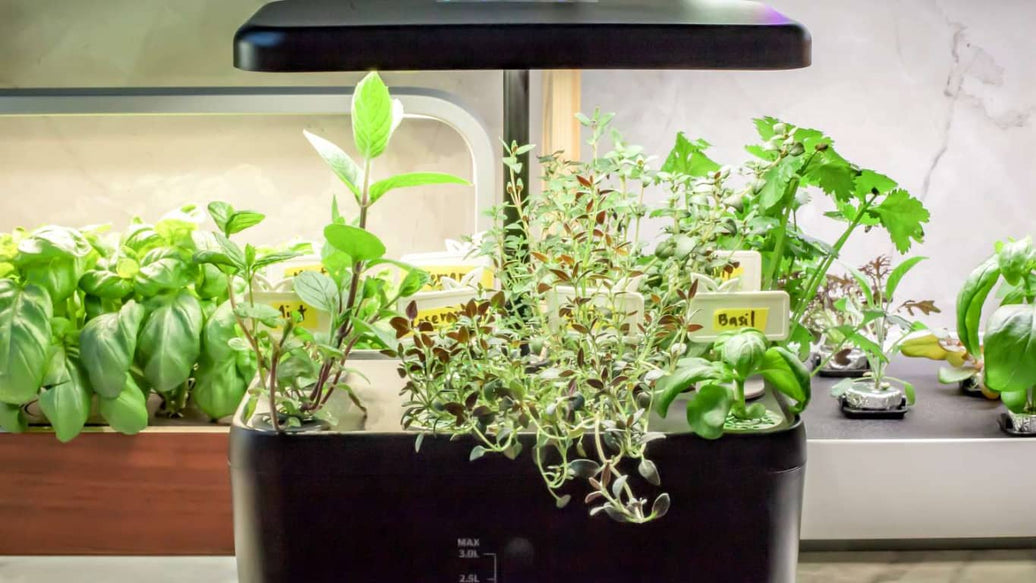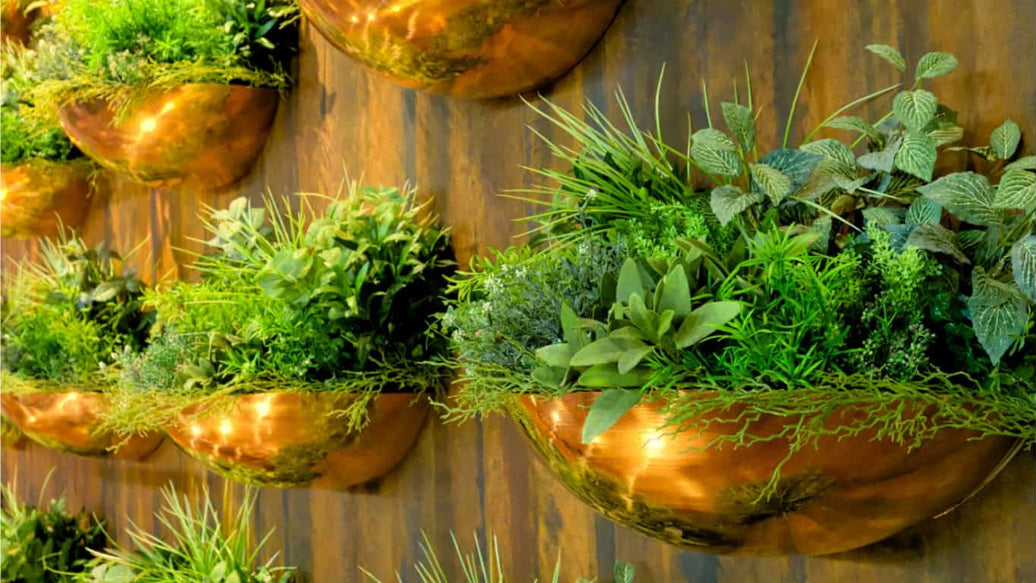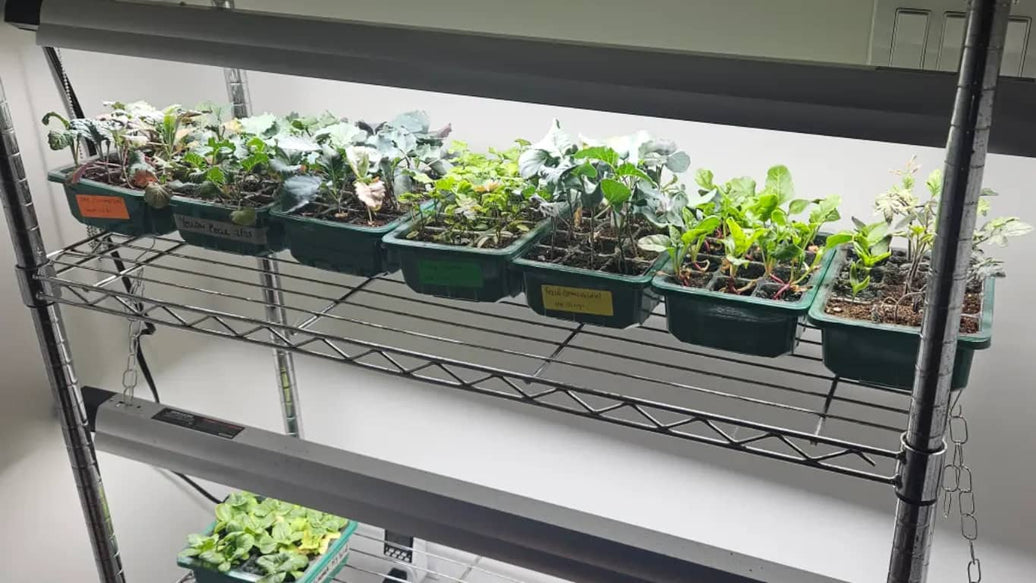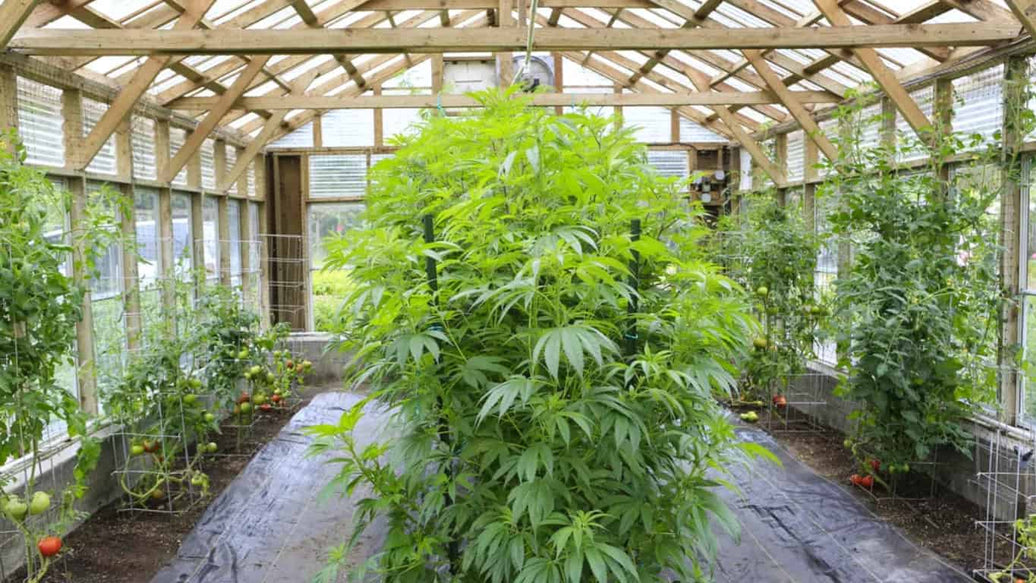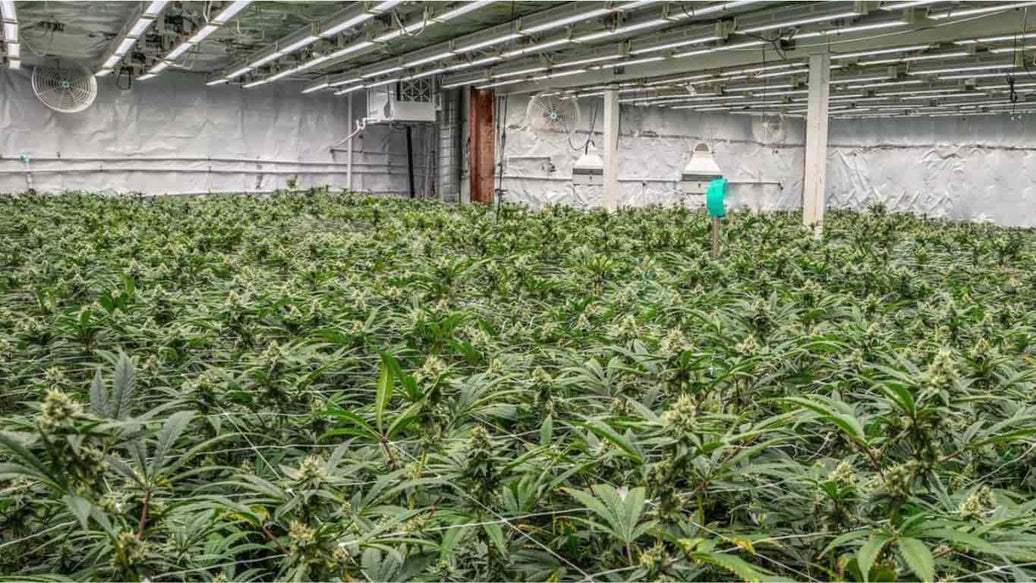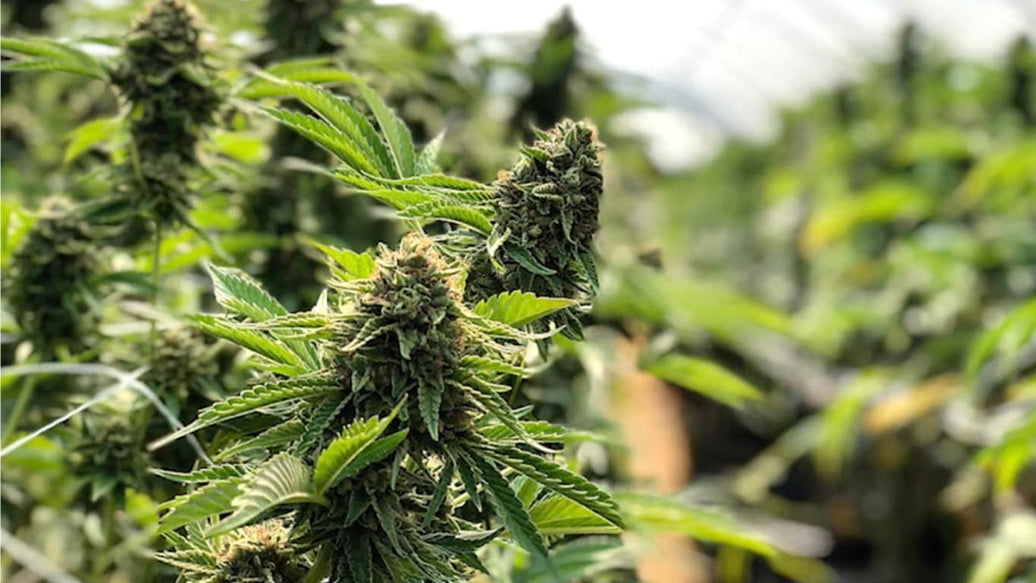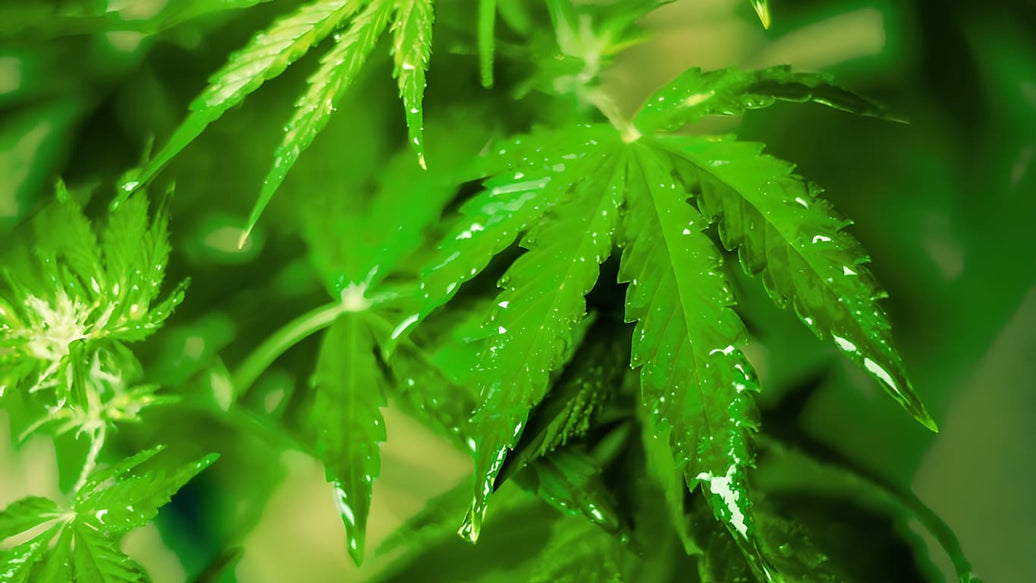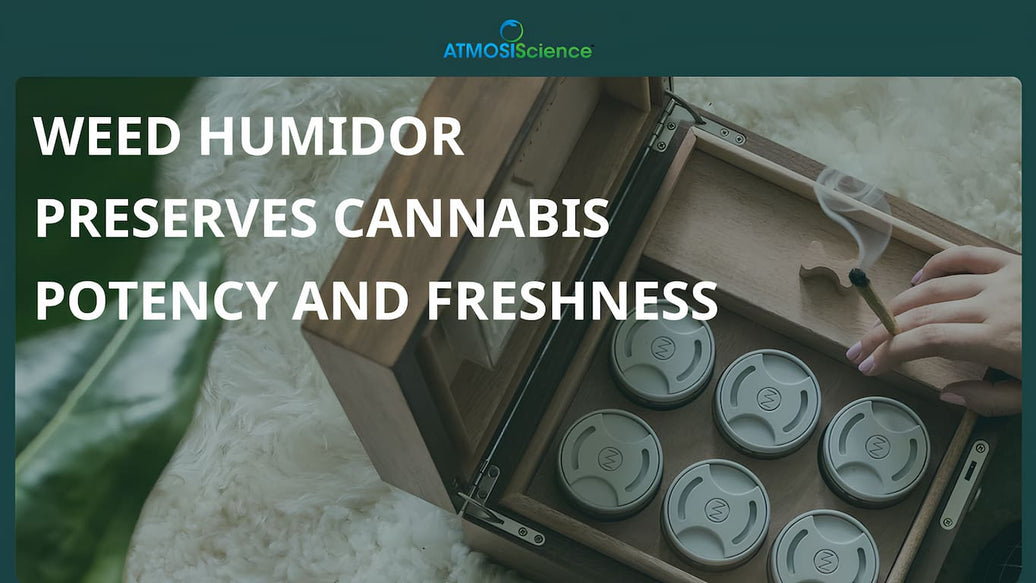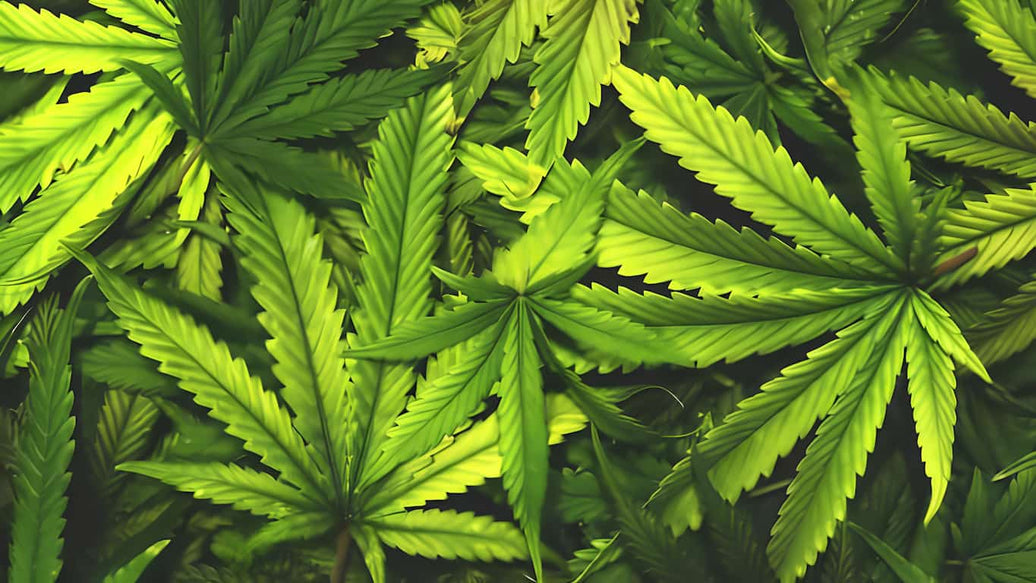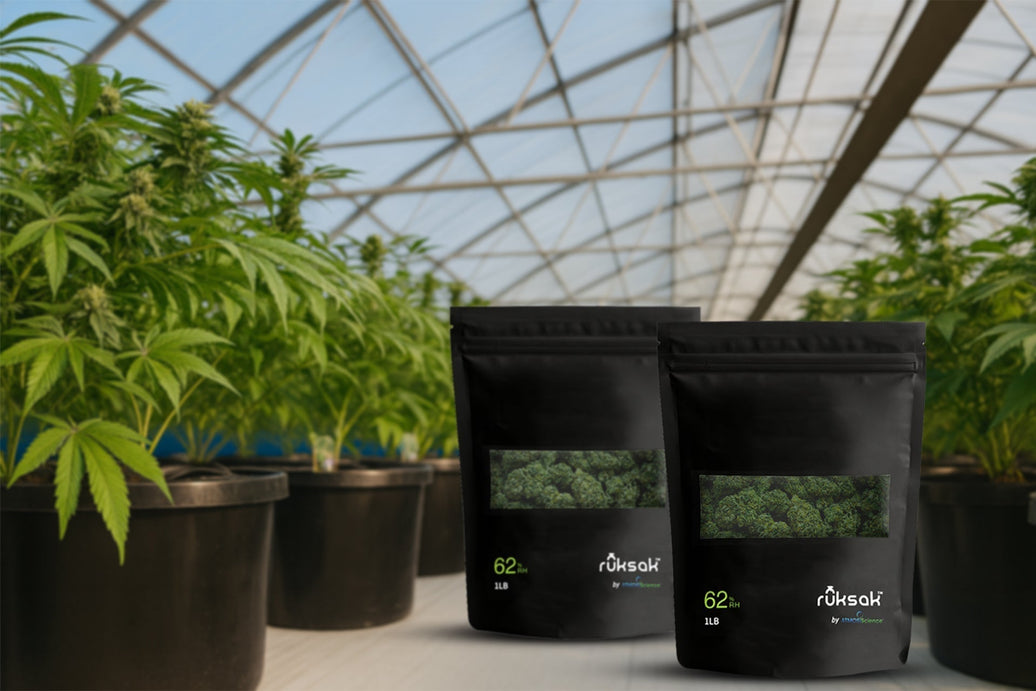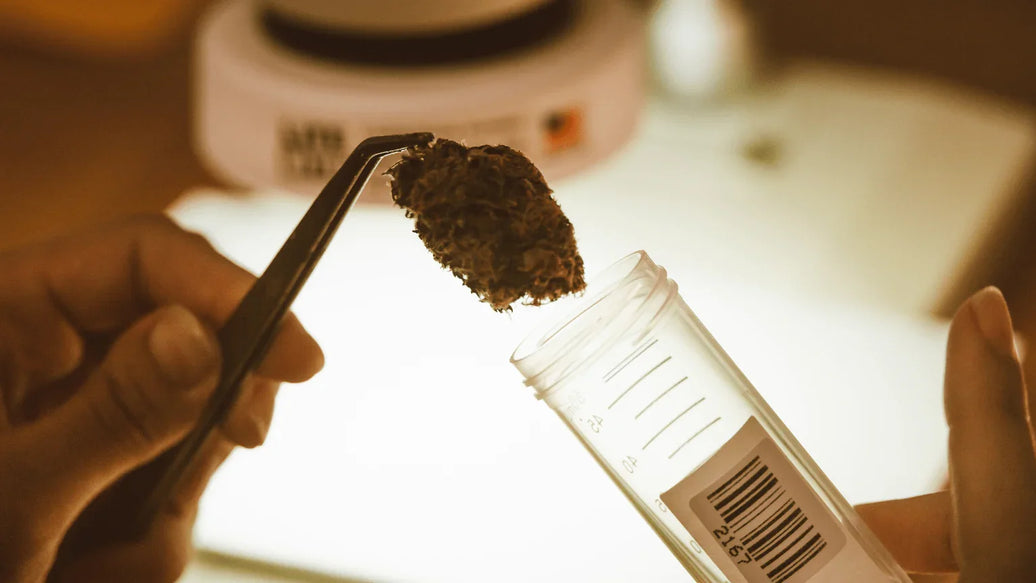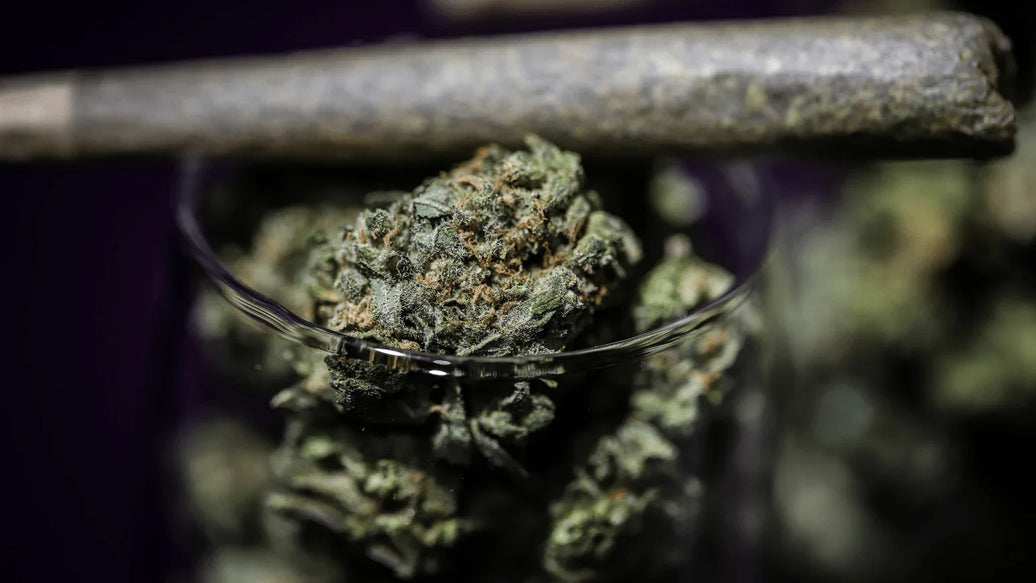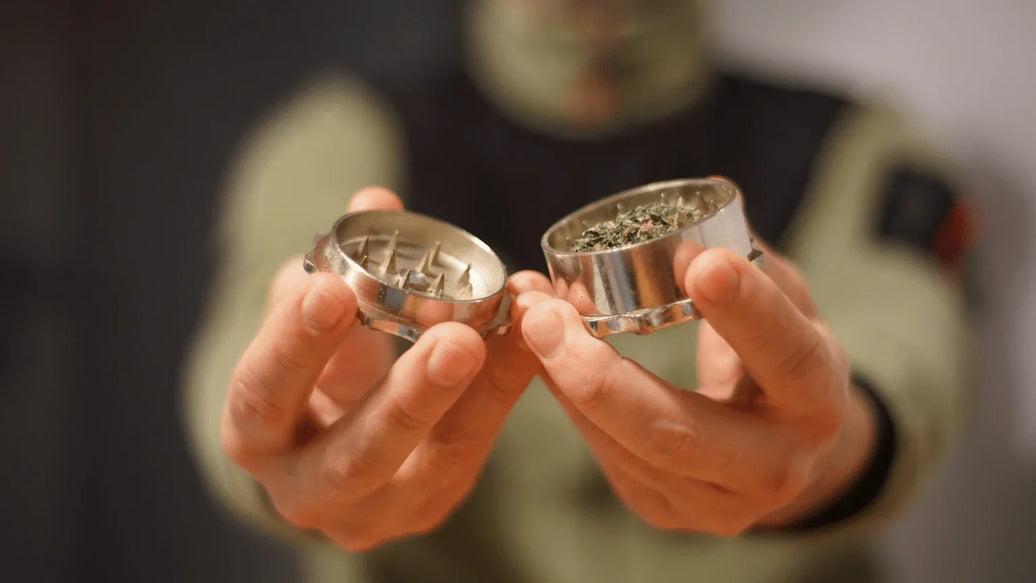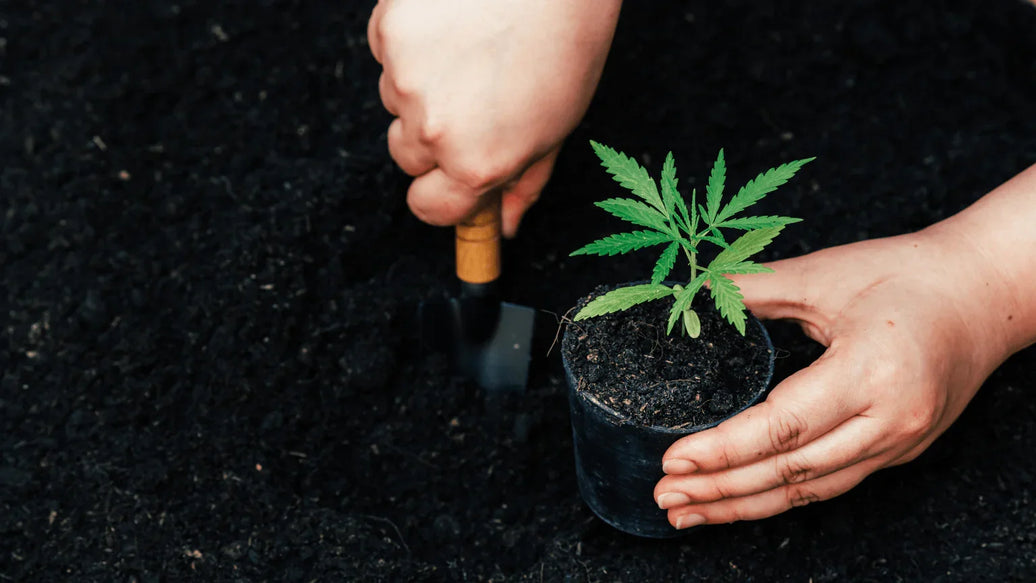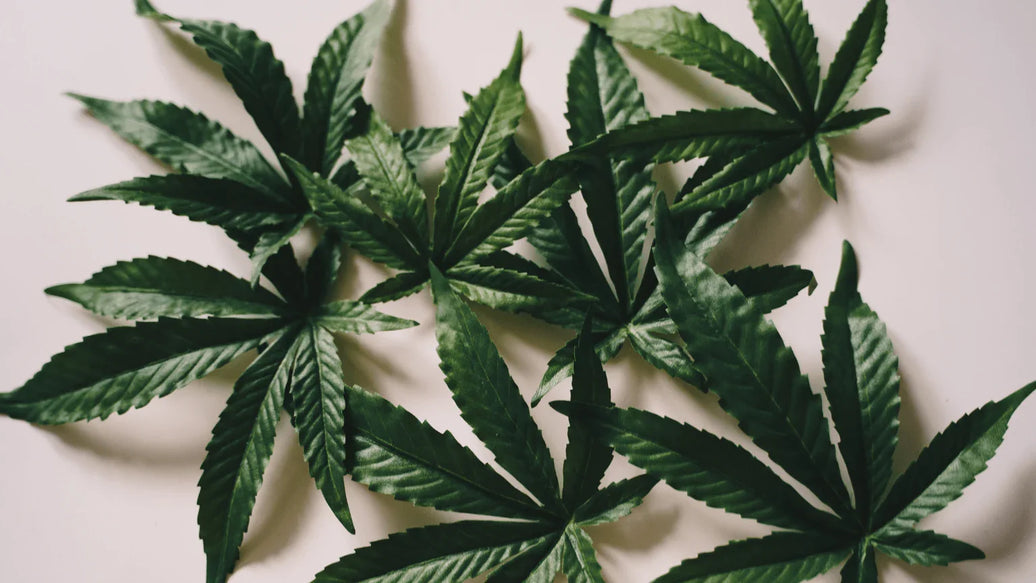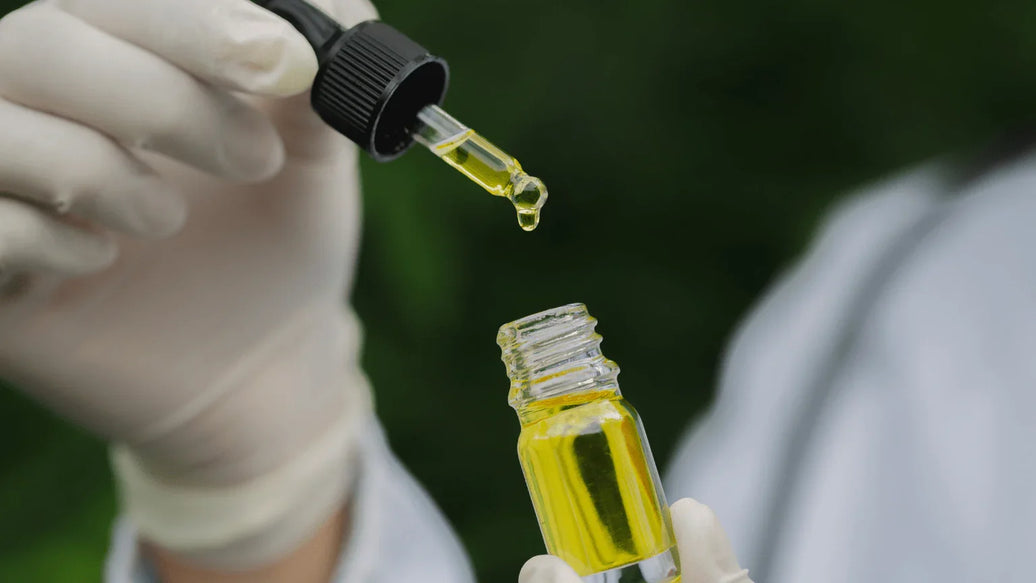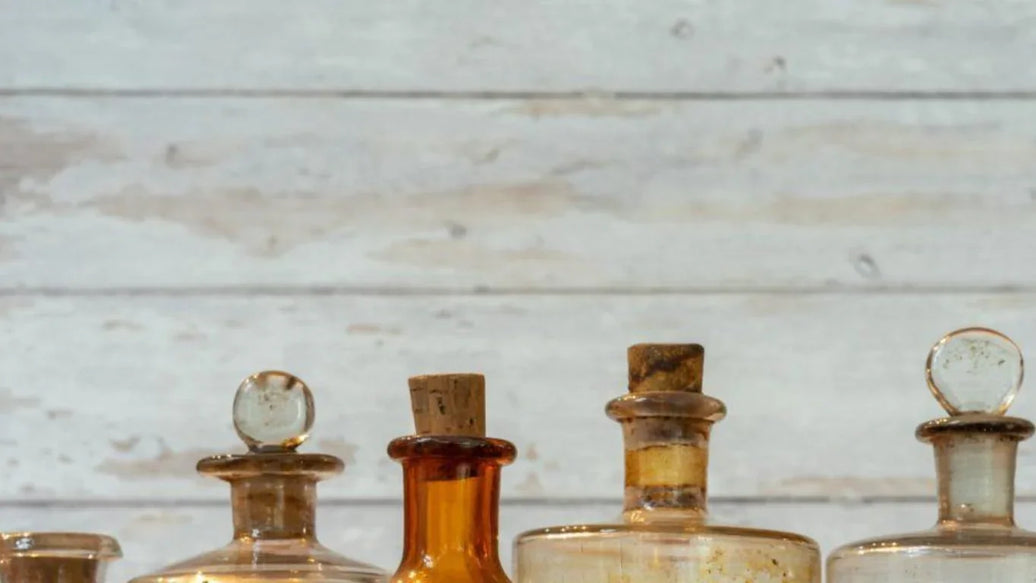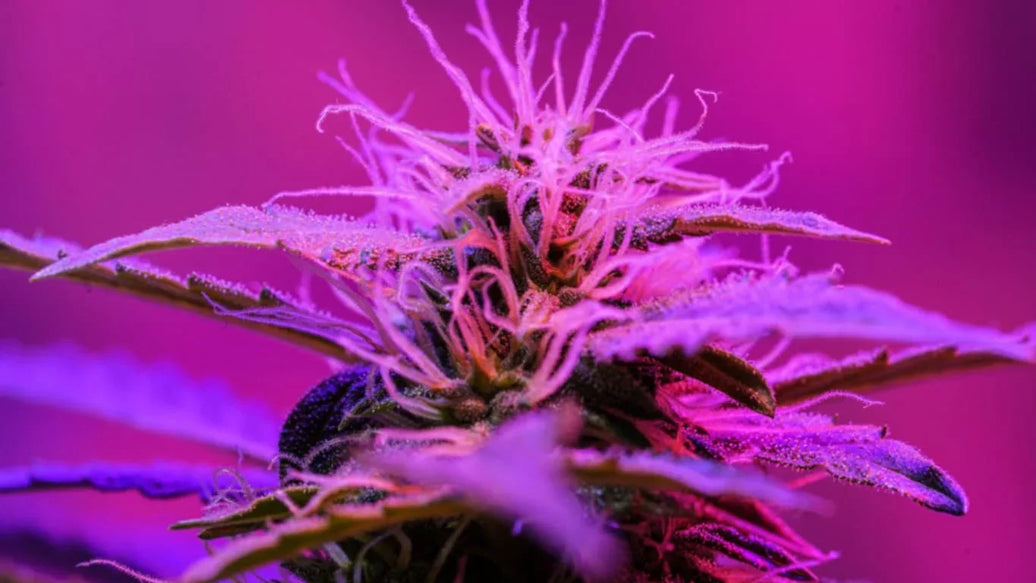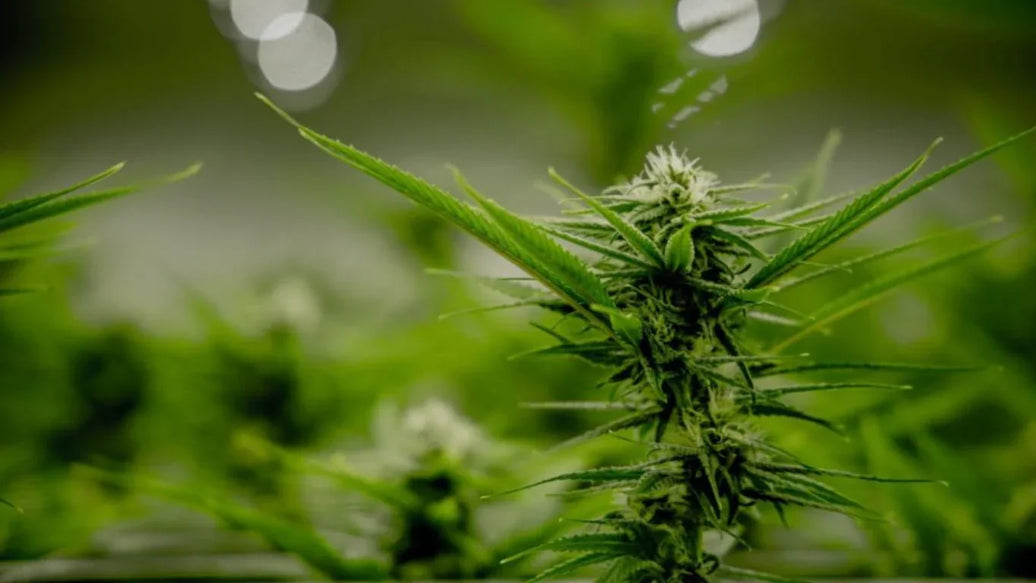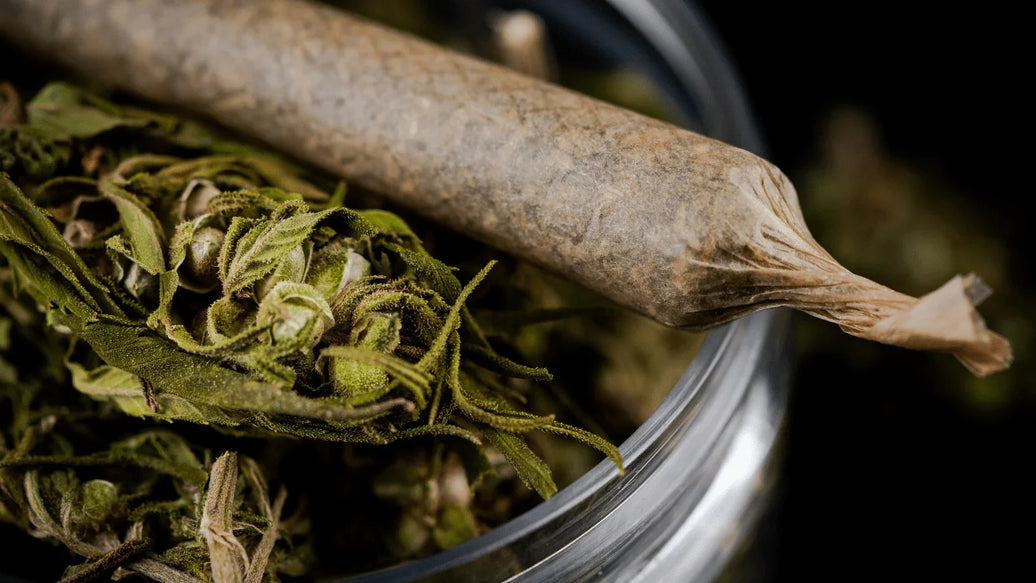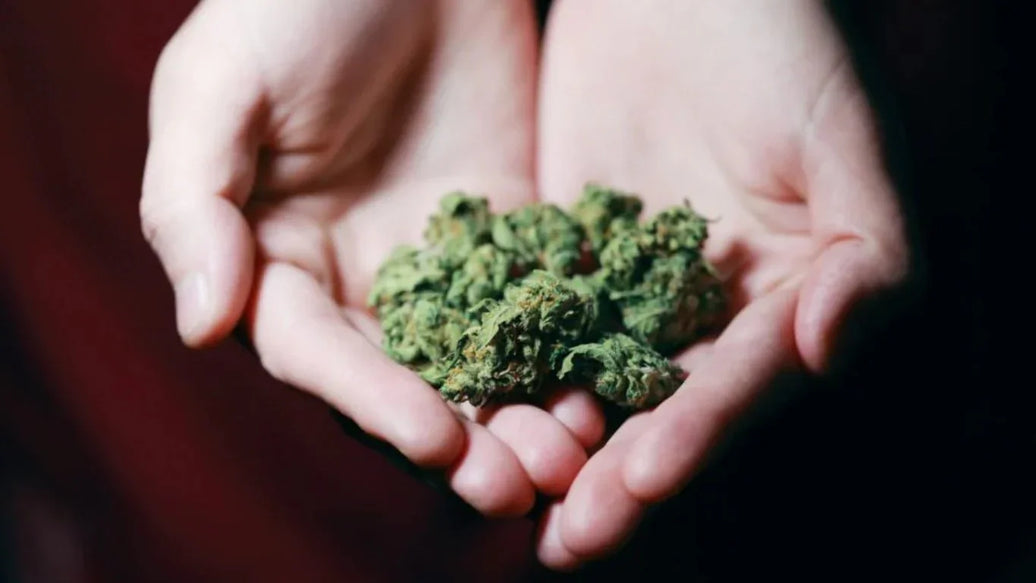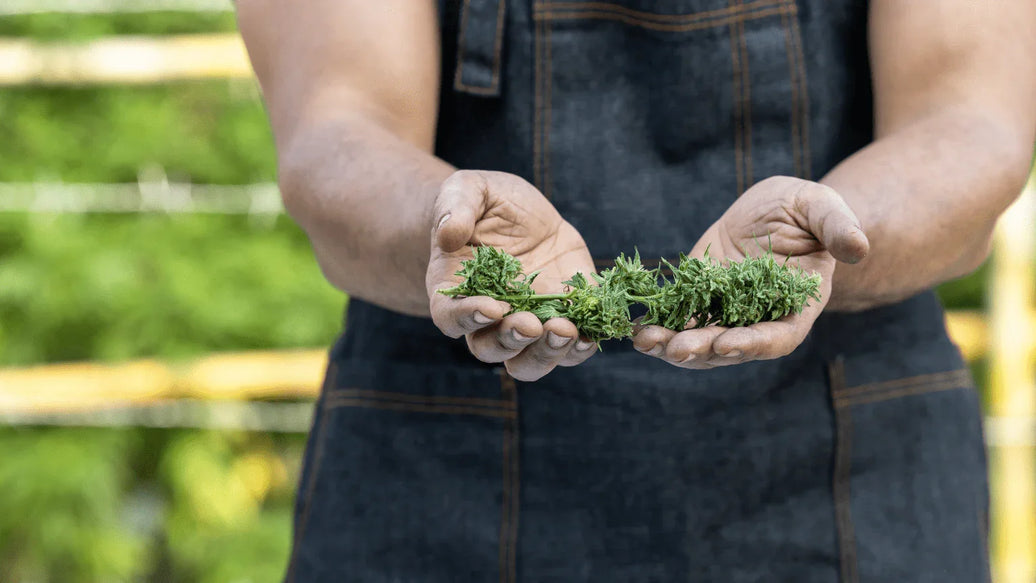Unlocking the full potential of cannabis requires more than just harvesting - it demands careful post-harvest attention, especially through the curing process. Curing cannabis is a vital step after harvest that transforms freshly dried buds into a flavorful, potent, and long-lasting product. Unlike simple drying, curing allows cannabinoids and terpenes to mature under controlled temperature and humidity, enhancing aroma, potency, and smoothness. Using the right cannabis curing jars and maintaining optimal environmental conditions are key to mastering this essential process and producing premium-quality cannabis.

Understanding the true role of curing in cannabis processing
Before going deeper, it’s essential to clarify what curing means in the cannabis world. While drying cannabis removes surface moisture to prepare flowers for handling and storage, curing goes beyond by placing dried cannabis buds into a sealed, controlled environment - often glass jars - where temperature, humidity, oxygen availability, and time combine to trigger critical transformations.
This carefully managed aging process allows moisture trapped inside the buds to even out, helping prevent mold and yielding a product with an improved texture and consistency. More importantly, curing facilitates the slow conversion of cannabinoid acids (like THCA) into their active and psychoactive forms (like THC), preserves delicate terpenes responsible for flavor and aroma, and reduces chlorophyll and other compounds that contribute to harshness.
Ultimately, curing cannabis is what separates ordinary, rough cannabis from a smooth, aromatic, potent, and shelf-stable masterpiece that delights consumers and patients alike.

The biochemical and physical transformations that drive quality during curing cannabis
The complexity of cannabis curing lies in the variety of interacting biochemical processes occurring gradually over days and weeks.
Cannabinoid maturation: Decarboxylation
Fresh cannabis buds predominantly contain cannabinoid acids, with THCA being the most abundant in many strains. These acids are non-psychoactive and require decarboxylation - the chemical removal of a carboxyl group - to convert into their active forms like THC, which produce the characteristic psychoactive effects.
Curing cannabis under optimal conditions - generally around 18°C (64°F) and relative humidity of 60% - over the course of a minimum of two weeks promotes this conversion steadily without excessive terpene loss or cannabinoid degradation.
Additionally, proper curing dramatically reduces the degradation of THC into CBN, a cannabinoid associated with old or poorly stored cannabis that tends to reduce potency and alter effects, often imparting unwanted sedative qualities. By slowing this conversion, curing helps maintain the desired cannabinoid profile intact for longer periods.
Terpene preservation: Safeguarding aroma and flavor profiles
Terpenes are volatile organic compounds responsible for cannabis’s rich aroma and flavor bouquet. They include monoterpenes such as myrcene, limonene, and pinene, which evaporate easily at high temperatures and low humidity, as well as sesquiterpenes like caryophyllene that are less volatile but equally vital to flavor complexity.
Since terpenes significantly influence both the sensory appeal and therapeutic entourage effect - where cannabinoids and terpenes synergize to enhance benefits - preserving them during curing is critical.
Optimal cannabis curing conditions maintain temperatures between 15° and 21°C (59 - 70°F) and relative humidity in the 50 - 65% range, significantly reducing terpene evaporation compared to uncontrolled environments. Any deviation, such as excess heat or dryness, accelerates terpene loss, resulting in bland or “flat” cannabis lacking its unique character.
Moisture equalization and harshness reduction
While drying quickly removes moisture from the exterior of the buds, internal moisture often remains, causing uneven texture and increasing the risk of mold proliferation. Curing cannabis allows this moisture to redistribute evenly throughout the flower, enabling water activity to stabilize and producing a consistent, comfortable smoke.
Another benefit is the enzymatic breakdown of chlorophyll, sugars, and other compounds that contribute to the “green” or harsh taste notorious in freshly dried or poorly cured cannabis. These break down gradually during curing into less reactive or flavor-neutral substances, yielding a smoother, less irritating product for consumers.
Essential factors for effective cannabis curing: The role of cannabis curing jars and environment control
Managing the curing process successfully depends tremendously on the choice of containers and precise environmental control.
Selecting and using cannabis curing jars
Glass jars are the gold standard for cannabis curing due to their non-reactive nature, airtight sealing, and transparency, which allows visual monitoring without opening.
- Jar fill level: Filling the jar to about 75% capacity strikes an ideal balance, permitting essential air circulation inside to avoid anaerobic conditions while maximizing space efficiency.
- Jar types: High-quality mason jars or specialized curing jars with reusable silicone seals are preferred. Avoid plastic containers, which can off-gas and compromise terpene integrity.
In large cultivations, controlled atmosphere chambers managing oxygen, carbon dioxide, and moisture precisely are sometimes used; however, for most small to medium grows, well-managed glass jars suffice when combined with environmental monitoring.
Temperature and relative humidity control inside jars
Successful curing requires maintaining highly stable conditions within cannabis curing jars:
|
Factor |
Optimal Range |
Impact |
|
Temperature |
15°C to 21°C (59°F to 70°F) |
Enables biochemical reactions without terpene loss |
|
Relative Humidity(RH) |
50% to 65% |
Balance moisture without mold development |
|
Vapor Pressure Deficit |
Approx. 0.8 kPa |
Controls moisture exchange between buds and air |

This horizontal bar chart shows the recommended temperature (15–21°C), relative humidity (50–65%), and vapor pressure deficit (0.7–0.9 kPa) ranges that optimize curing. It visually explains the ideal environmental conditions inside cannabis curing jars.
Burping: Maintaining optimal jar atmosphere
During the first two weeks of curing cannabis, daily “burping” of jars - opening lids for 10 - 15 minutes - allows excess moisture to escape and fresh oxygen to enter. This practice is vital to preventing anaerobic conditions and microbial growth while assisting moisture equilibrium.
As curing progresses, burping frequency can be reduced to several times a week, then once per week, according to ambient conditions and final product dryness. Consistent and proper burping is a hallmark of quality cannabis curing.
Scientific techniques to assess and validate cannabis curing quality
Objective evaluation of curing processes leverages modern analytical technologies:
- Chromatography (UHPLC-MS): Quantifies cannabinoid acids, active cannabinoids, and degradation products, enabling decarboxylation and overall chemical quality profiling.
- Spectroscopic Imaging (NIR): Offers rapid, non-destructive moisture and terpene mapping to assess homogeneity and batch consistency.
- Microbial Testing and Colorimetric Analysis: Ensures safety by measuring aerobic plate counts and visually monitoring curing progression via chlorophyll breakdown indicators.
Such analyses inform harvest timing, curing duration, and process adjustments to achieve consistent high-quality cannabis.
Practical stepwise workflow for cannabis curing
Implementing reliable, repeatable procedures helps cultivators maximize cannabis quality:
- Harvest and Initial Slow Drying: Hang freshly cut buds at roughly 60 - 70°F (15 - 21°C) and 50 - 60% RH until stems snap cleanly (typically 7 - 10 days).
- Trimming: Remove excess sugar leaves to enhance airflow and reduce microbial risk.
- Transfer to Cannabis Curing Jars: Place buds loosely into glass jars, filling about 75% to allow air exchange.
- Daily Burping for First 2 Weeks: Open jars for about 10 - 15 minutes once or twice daily to release excess moisture and replenish oxygen.
- Extended Curing: Continue curing with less frequent burping (several times weekly to weekly) for 4 weeks or longer to deepen flavor and potency.
- Long-Term Storage: Store cured cannabis in a cool, dark environment inside airtight jars to maintain quality.
Crucial tools include high-quality hygrometers, humidity and VPD monitors, airtight curing jars, and, if possible, data logging devices to continually track environmental parameters.
Conclusion
Curing cannabis is far more than a passive waiting period - it is an active, science-driven process fundamental to maximizing cannabinoid potency, retaining terpene complexity, reducing harshness, and ensuring microbial safety. Mastering the use of cannabis curing jars, environmental monitoring, and structured workflows allows growers to transform freshly harvested flowers into premium-quality cannabis that stands out in both medical and recreational markets.

